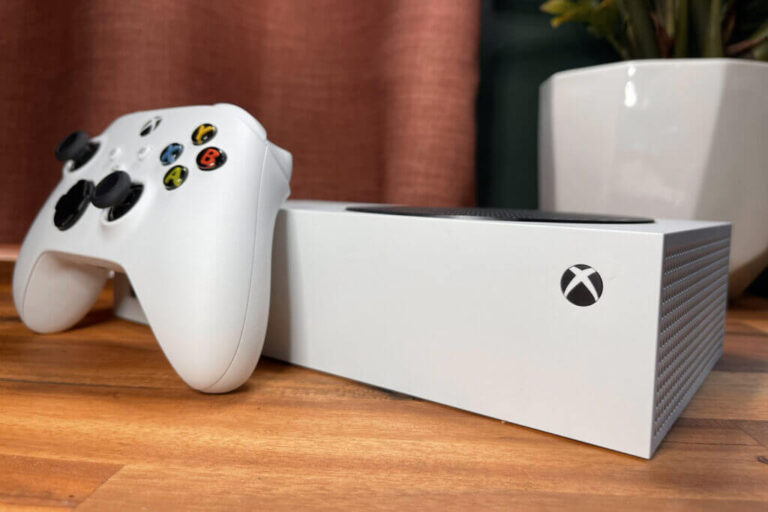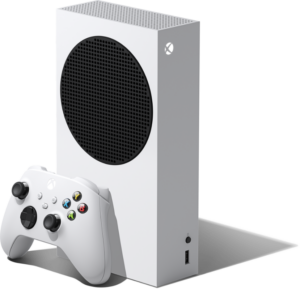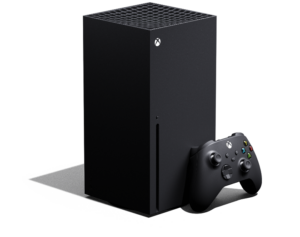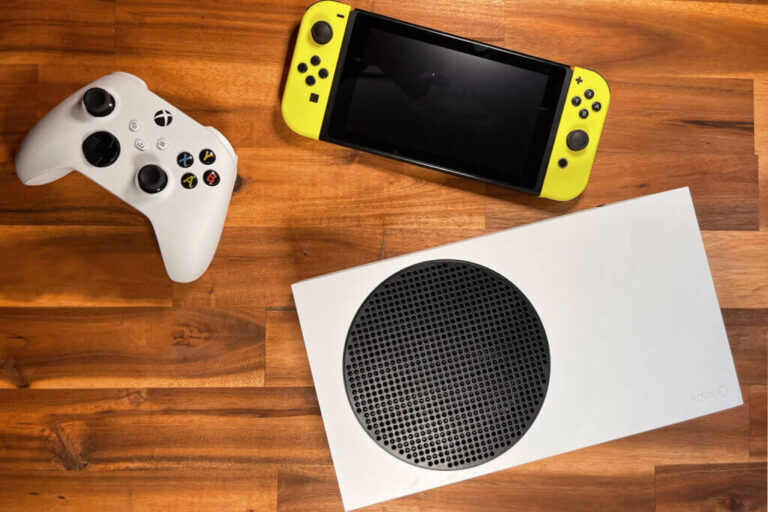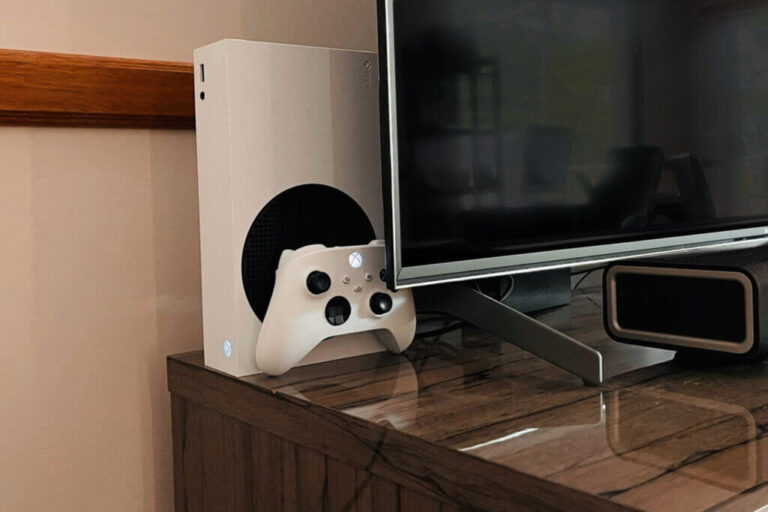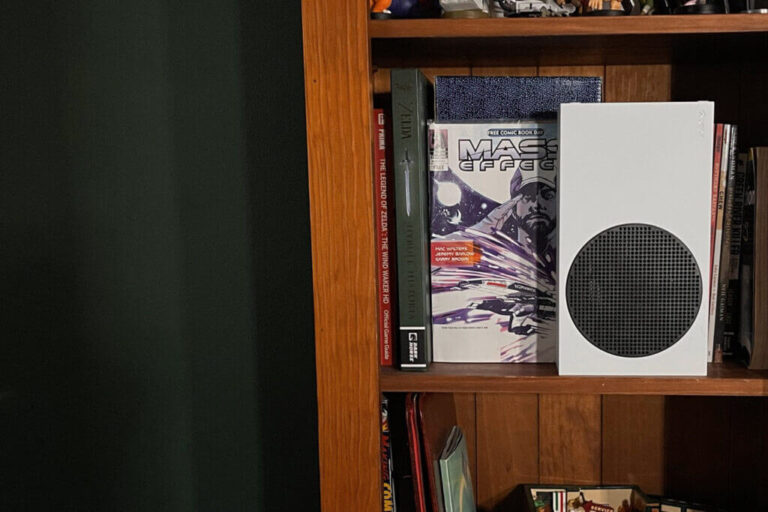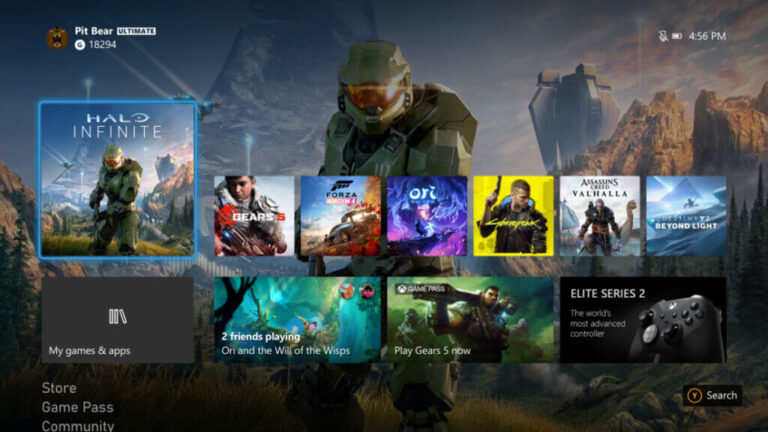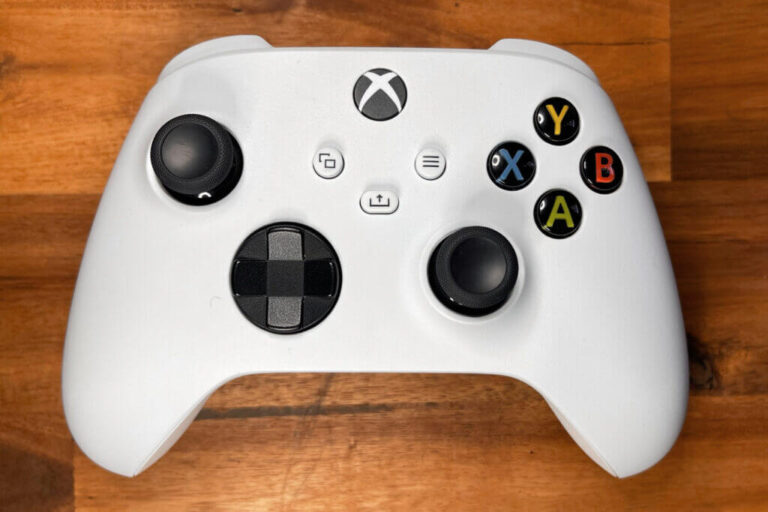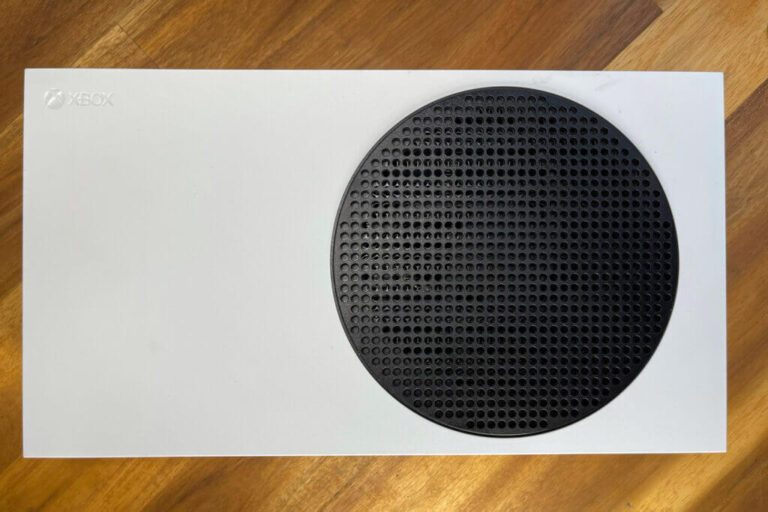Optus Mobile Review ALDI Mobile Review Amaysim Mobile Review Belong Mobile Review Circles.Life Review Vodafone Mobile Review Woolworths Mobile Review Felix Mobile Review Best iPhone Plans Best Family Mobile Plans Best Budget Smartphones Best Prepaid Plans Best SIM-Only Plans Best Plans For Kids And Teens Best Cheap Mobile Plans Telstra vs Optus Mobile Optus NBN Review Belong NBN Review Vodafone NBN Review Superloop NBN Review Aussie BB NBN Review iiNet NBN Review MyRepublic NBN Review TPG NBN Review Best NBN Satellite Plans Best NBN Alternatives Best NBN Providers Best Home Wireless Plans What is a Good NBN Speed? Test NBN Speed How to speed up your internet Optus vs Telstra Broadband ExpressVPN Review CyberGhost VPN Review NordVPN Review PureVPN Review Norton Secure VPN Review IPVanish VPN Review Windscribe VPN Review Hotspot Shield VPN Review Best cheap VPN services Best VPN for streaming Best VPNs for gaming What is a VPN? VPNs for ad-blocking Most of the jigsaw pieces are still there. A digital-only console, Microsoft’s focus on xCloud game streaming, the on-demand library of games with Game Pass, and the $0 upfront payment plan of Xbox All Access, but together they make up a different picture than the initial rumours painted. The result is a console that looks nothing like Stadia, thankfully. It’s not quite as cheap as we’d hoped it would be but it is a fair middle-ground between traditional console gaming and a more accessible digital-only future. The Xbox Series S will cost you $499 in Australia or $33 per month over 24 months (total minimum cost is $792) if you get it through Telstra Xbox All Access. That also includes your Game Pass Ultimate subscription fee (typically $15.95 per month). It actually shakes out as the cheapest way to buy an Xbox Series S. If you deduct the cost of 24 months of Game Pass Ultimate ($382.80 over 24 months), the remaining total cost for the hardware itself is $409.20. Here’s how much both new consoles cost with Telstra All Access: Sony has created something that catches the eye the moment you walk into the room, something that makes a statement. Unfortunately, that statement is: I spent all my money on this god-awful video game console and can’t afford an entertainment unit large enough to keep it in. The Xbox Series S is shockingly small. No size comparisons or pictures can convey just how comfortably the Series S fits into your setup. Standing up, it’s 27.5cm tall, 6.5cm deep,15.1cm wide and a superlight 2kgs. When friends and family visit, they’re instantly put off by the size of the PlayStation 5, and pleasantly surprised when I pull the Series S from its little nook. Regardless, the biggest thing you’ll miss if you choose Series S over Series X is the disc drive. That could be a tough pill to swallow if it weren’t for Xbox Game Pass. Last generation, PlayStation continued to dominate with its exclusive first-party titles. Xbox simply didn’t have a God of War, Spider-Man, or Uncharted 4: A Thief’s End to call its own. It still doesn’t. But it does have Game Pass, a subscription-based library of over 100 first-party and third-party games available to download and play for as low as $10.95 per month. Without the right titles, Game Pass could have been a failed experiment, but Microsoft has made good on the initial promise: launching every first-party Xbox game day-and-date on the service, as well as regular drops of high-quality third-party titles. First-party gold like Ori and the Will of the Wisps, Gears 5 and Forza Horizon 4 next to new platform exclusives like The Medium, buckets of last-gen standouts like Rainbow Six Siege, Outer Wilds, The Outer Worlds, and old-school Xbox games such as Skate 3 and Battlefield: Bad Company via backwards compatibility. There’s a lot. Xbox conservatively markets 100+ games at any time, but at the time of writing, there are over 500 available. But Game Pass isn’t new to this generation, what’s important is how the Series S both compliments the service, and suffers because of it. Obviously, the limited storage space goes a long way in making the Xbox Series S the cheapest entry point to next-gen but let’s not forget that other cuts were made to keep the cost down too. Microsoft is conveniently selling Seagate 1TB Expansion Cards for a whopping $349. If you find yourself needing that, you’ve immediately spent more on a Series S than you would on a Series X. The very nature of Game Pass also means you’ll be downloading more games than ever before. The freedom to trial games without paying anything extra means I end up treating a lot of titles like demos or overnight rentals. Games with an interesting hook that I know I almost certainly won’t finish. Sometimes I’ll try a game on Game Pass only to buy it on Switch. And that’s kind of how I’ve continued to treat it. With all that said, sensible people who don’t need to test out a handful of games for a review are more likely to see a game through to its end, delete it, and start over. I’d hesitate to say ‘casual gamer’ but if that’s the way you play games, you’ll have no worries managing the Series S’s storage. It’s also telling that, outside of games I’ve played for this review, I’ve used the Series S a little more than my PS5. At launch, I was using the PlayStation 5 as my primary console. Scratch that. I’ve still been using the Nintendo Switch as my primary console, the PlayStation 5 is just the one I spent the most money on. But ever since the Series S entered my life, I’ve played more games in my downtime full-stop. That’s partly thanks to Game Pass, but the next-gen Quick Resume function can also take some credit. There’s just one annoying issue. After playing mostly first-party games, Quick Resume has become something of a crutch. See, Quick Resume isn’t a console-wide feature, games need to support it and early on, a lot of games don’t. I find myself quitting games that don’t have Quick Resume as haphazardly as a game that does, resulting in some lost progress along the way. People who are privy to the situation might think to check whether a title has Quick Resume or not before suspending their game, but there needs to be a safety net, or more obvious signpost, for those who aren’t. Something as simple as an alert when you’re shutting down games without Quick Resume could do the trick. Ideally an alert you could toggle on and off. Sure, the current iteration of the Xbox dashboard has come a long way over the years but I still find it quite unbearable. Sometimes it feels like Microsoft thinks the last thing you want to be doing with your video game console is playing video games. Like you’d much rather be browsing the store, seeing ads, or snooping on your friend’s activities. It’s a mess. Last year’s update improved things somewhat. It made accessing the games you’re playing a little smoother and introduced a swathe of performance upgrades but the layout changes are minor. There are also some missed opportunities to help Xbox users take advantage of some of the new features, such as Quick Resume. There is a filter for games optimised for Series S and Series X, but as discussed, that’s not a reliable indicator as to whether the game has Quick Resume, yet. The higher frame rate is the highlight upgrade here. Playing Ori and the Will of the Wisps in 120 frames-per-second (fps) is up there as one of the biggest next-gen wow moments I’ve had so far. Fast-paced shooters like Call of Duty: Black Ops Cold War and Gears 5 also look phenomenal in 120fps. That said, if you favour fidelity over frames per second, the Series S won’t be your first console of choice. The Series S targets 1440p HD and 120fps by default. It upscales graphics to 4K, but there’s no native 4K support (or 8K, obviously). Upscaled 4K at 60Hz looks tidy, but 120Hz is where it’s at. Unfortunately, it’s not as simple as just playing in upscaled 4K at 120Hz. For one, a lot of televisions will only let you choose one over the other: 4K fidelity at 60fps, or 1080p at 120fps, and some outstanding next-gen features, like ray tracing, aren’t available at 120Hz. None of this is immediately obvious, even to people in the know, so there’s Buckley’s chance your average punter understands how to optimise their settings for their unique television/console setup. The promise of console gaming has always been that all of that stuff is handled and optimised in the background, whereas those who tinker tend to prefer PC gaming. Forcing console players to choose between performance and fidelity is something that felt necessary in the mid-generation console jump (PlayStation 4 Pro and Xbox One X) but I was hoping it wouldn’t follow us into the current generation of consoles. For me, the Xbox Series S has been the fast and reliable sidearm to my PlayStation 5’s heavier artillery. If I plan to sink hours upon hours into a huge AAA adventure like Assassin’s Creed: Valhalla, I’m almost always going to choose the PlayStation 5 as my console of choice. But for fast and fun pickup games of Tetris Connected, Moving Out, Sea of Thieves or Grounded, the Xbox Series S is always at the ready, tucked away in its little nook. Granted, storage issues will come for you eventually. It might not be today, it might not be tomorrow, but eventually, the Ghost of Games Past will come knocking at your door with dreadful tidings. For me, the best next-gen console combination is the PlayStation 5 and the Xbox Series S, and if the cost of both combined makes your eyes water, then the Xbox Series S is the cheapest way to experience next-gen gaming.
